Nationality Australian | Name Iwan Iwanoff Role Architect | |
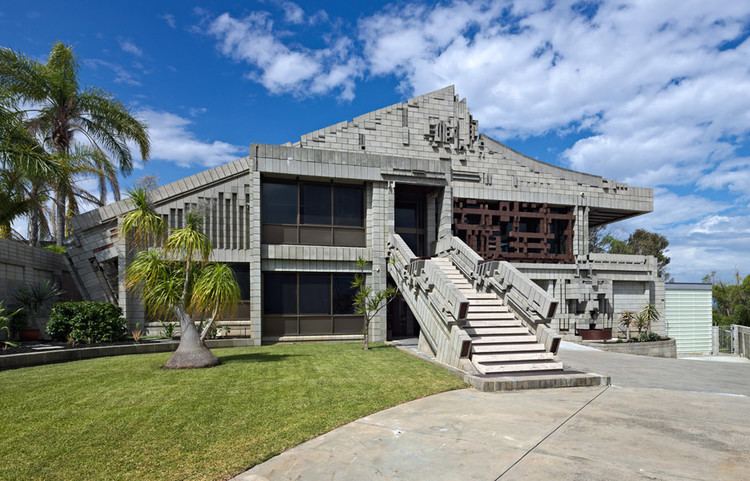 | ||
Full Name Iwan Nickolow Iwanow Born July 2, 1919 ( 1919-07-02 ) Kusstendil (Kusestendil), Bulgaria Died October 7, 1986, Perth, Australia | ||
Iwan Iwanoff (Bulgarian: Иван Иванов) (2 July 1919 – 7 October 1986) also known as Iwan Nickolow (Bulgarian: Иван Николов) and Iwan Nickoloff Iwanoff (Bulgarian: Иван Николов Иванов), born in Küsstendil (Kusestendil), Bulgaria and died in Perth, Western Australia, was an architect known for working in the Brutalist style. Iwan Iwanoff studied architecture in Europe before arriving in Perth to work as an architect. He became renowned for his design characteristic which is mainly working with concrete blocks.
Contents
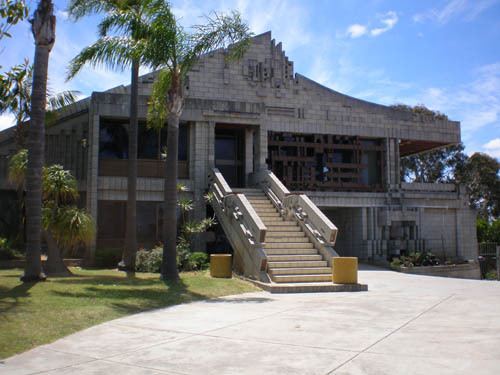
Early years and education
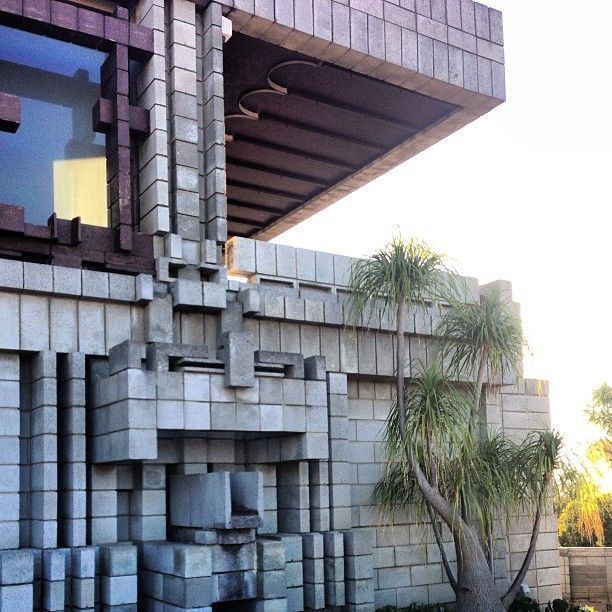
Iwan Iwanoff was born in Bulgaria into an artistic family, with his father, Nickolai Iwanow, a journalist and a poet, and his mother, Maria, née Schopowa. Originally named Iwan Nickolow Iwanow, he changed it to Iwan Nickoloff Iwanoff during his educational years, and shortened it later to Iwan Iwanoff.
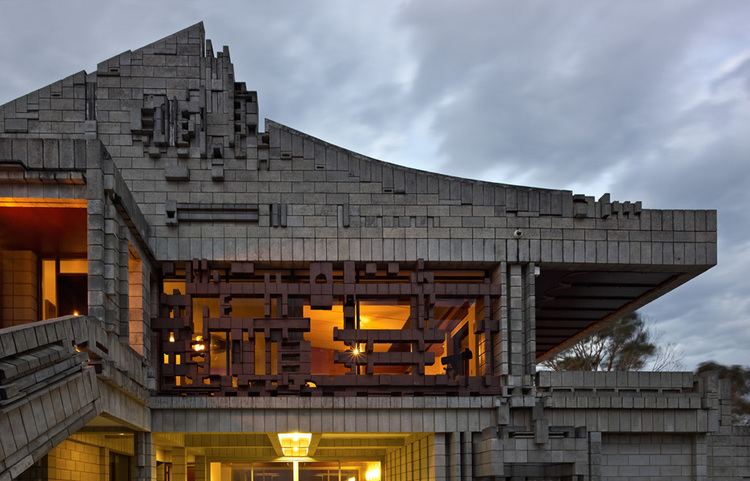
After enduring a period of training in the military, Iwan Iwanoff studied fine arts under a famous Bulgarian Watercolourist and was himself a fine painter. As a result of his talents, he was offered a scholarship to study Fine Arts . In 1941, thanks to his father's advice, he made a decision to study architecture at the Technische Hochschule of Munich, Germany. He designed an outstanding chapel for the final project which brought him high praise when graduating with a Diploma of Engineering and Architecture in 1946. With his remarkable abilities in drawings and innovation in expressing his design, Iwan Iwanoff soon became a well known architect and his concept was that 'architecture was an art'.
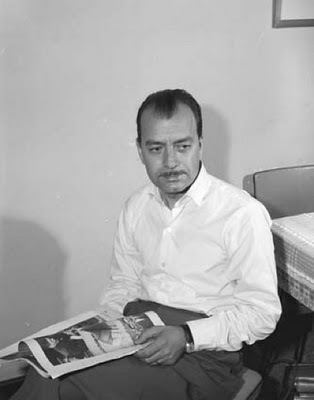
He married Dietlinde Hildegunde Zenns on 25 October 1947 in Laufen, Germany.
Working Life

Iwan Iwanoff worked in Laufen as a caricature painter in the immediate post-war period before working with Emil Freymuth, a modernist architect in Munich, Germany.
Leaving Germany with the help of the International Refugee Organization, Iwan Iwanoff and his wife left Europe on the SS Fairsea which left Naples on the 7th of February 1950, and settled in Fremantle, Western Australia on 2 March 1950. His Munich qualifications were not recognised in Australia. But shortly after, he gained employment under Krantz and Sheldon as a draftsperson. Krantz and Sheldon were a large commercial architectural company which had a major focus on designing flats in Perth. Iwanoff did some private architectural projects during this time.
He became a citizen of Australia in 1956. He obtained a transfer to the Melbourne architectural firm of Yuncken, Freeman Bros, Griffiths & Simpson in 1960. He transferred to Melbourne with the help of an old friend from Bulgaria, who himself had studied with Iwan and had emigrated to Australia. The reason for his brief stay in Melbourne, was to obtain registration, after several unsuccessful attempts in Western Australia. After visiting Western Germany, he briefly joined Bund Deutscher Architekten Organization (Federation of German Architects) before returning to Perth, to work with Krantz & Sheldon, in December 1961.
In 1963, he started his own business which was known as Studio of Iwan Iwanoff [in Perth]. He had become a member of the Royal Australian Institute of Architects in 1963 and soon became a fellow in 1972. He was interested in exploring concrete blocks in various ways which allowed him to create high quality designs, especially in houses. Although he has been described as working in the Brutalist style, this only reflects the sui generis nature of his work and the difficulty of fitting him into recognised architectural genres. While he favoured the aesthetic effect of unadorned concrete blocks, giving his buildings a superficial resemblance to concrete brutalist works, he had nothing to do with the brutalist ethic of prioritising and emphasizing the structural and functional aspects of architecture over its aesthetic side. Rather than eschewing art and aesthetics as the brutalists at least claimed to, Iwanoff remained an artist throughout his life, and took great care in deciding just how far individual blocks should protrude or recede, sometimes arranging them with his own hands on site during construction. His intention was not to push a theory or reject tradition but to embody what he saw as the timeless traditions of art in contemporary form. Indeed, his emphasis on ornamentation and his playfulness with texture, light and shade place him, if anything, in the Rococo tradition, one at polar opposities to the spare modernism of his time and place. A precursor of post-modernism and what some now call the New Baroque (Gehry, et al.), he was consequently misunderstood and ignored by his contemporaries, while beloved by a small artistically educated or intrigued following. Only in recent years has the Perth architecture profession begun to appreciate what Iwanoff was about, and what a unique artist had operated in their midst.
Iwan Iwanoff still kept the European spirit during the time he was working in Australia. He died in Perth on 7 October 1986. His body was buried in Karrakatta Cemetery.
An exhibition of most of his works was presented at the State Archives of Western Australia in 1991.
